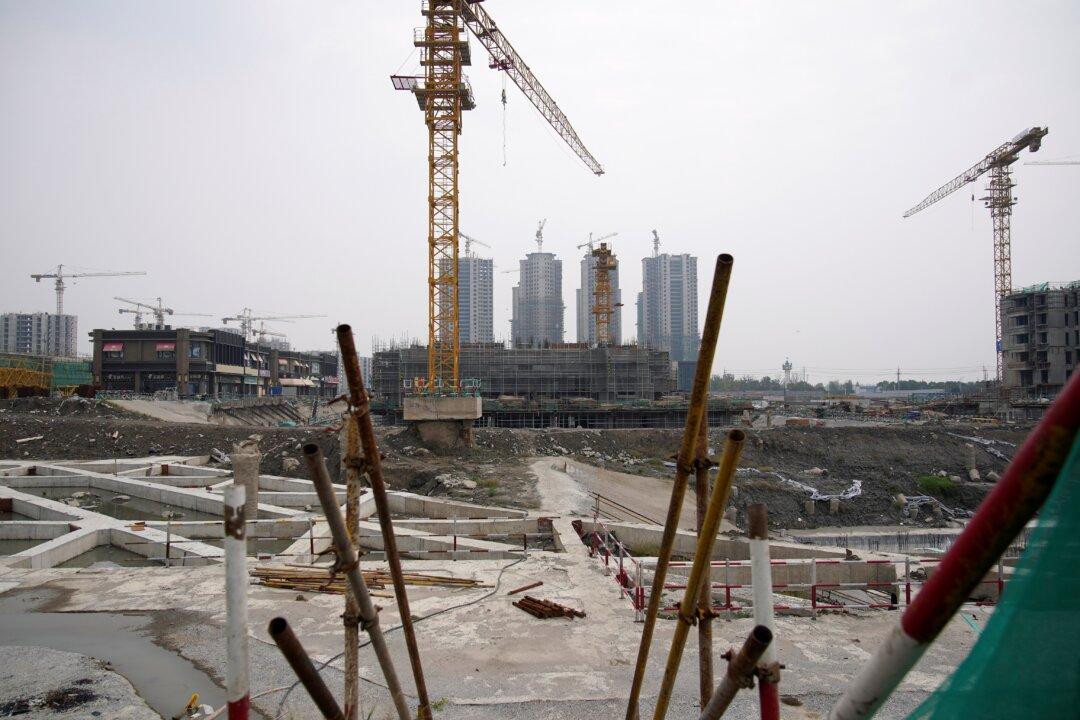News Analysis
As China prepares for the muted Lunar New Year celebrations due to Omicron, it faces its largest challenges to economic growth.

As China prepares for the muted Lunar New Year celebrations due to Omicron, it faces its largest challenges to economic growth.